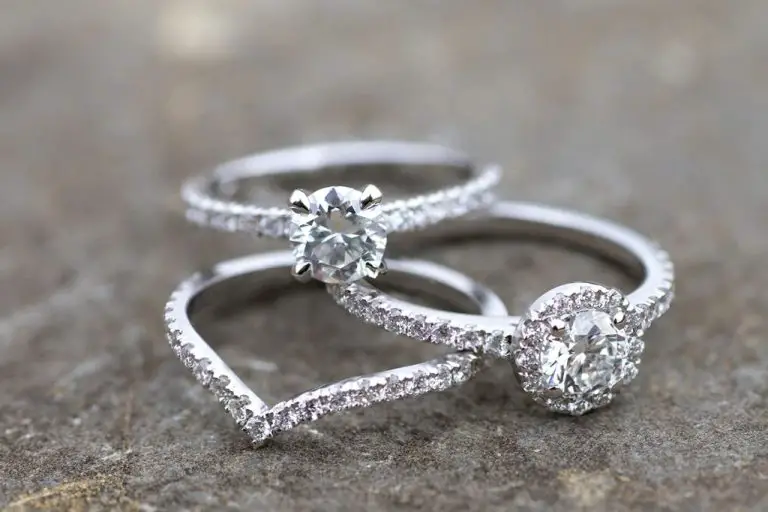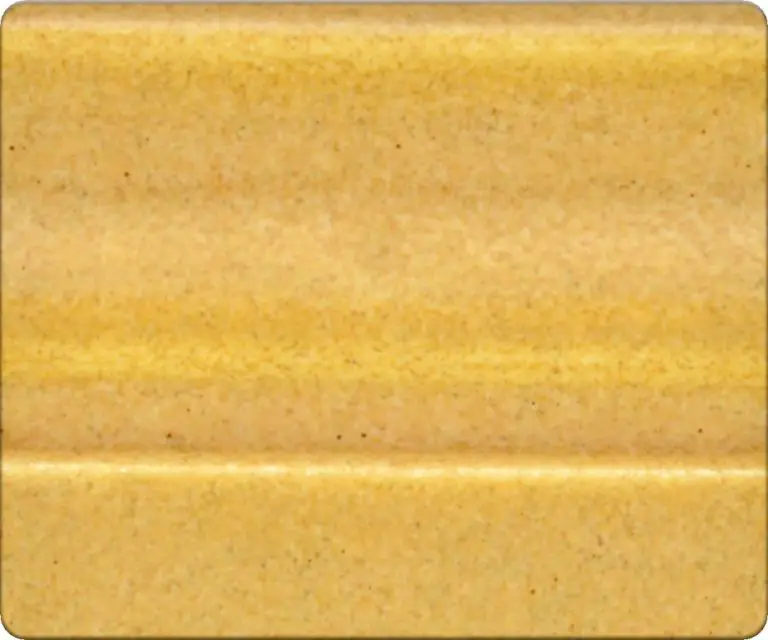What Do You Mix Kaolin Clay With?
What is Kaolin Clay?
Kaolin clay, also known as China clay, is a naturally occurring clay mineral that has been widely used in traditional medicine, cosmetics, paints and art for centuries. The name “kaolin” comes from the Chinese Kao-ling mountain in Jiangxi Province, where the clay was mined for hundreds of years. In the West, it is commonly referred to as “China clay” because Kaolin clay was first brought to Europe from China in the 17th century.
Kaolin is a soft, whitish-gray clay mineral formed over thousands of years by the natural chemical weathering of aluminum silicate rocks like granite. It consists primarily of the mineral kaolinite but commonly contains traces of other minerals such as feldspar, quartz, mica, sodium carbonate, calcium carbonate and iron sulfide. Compared to other clays, kaolin has relatively low amounts of metallic oxides and organic material, making it a very pure clay.
Today, kaolin clay is mined all over the world, including in the United States, UK, China, Germany, India and the Czech Republic. It has a wide variety of industrial and medicinal uses ranging from paper coating, ceramics, paint, cosmetics, toothpaste, pharmaceuticals, plaster, and absorbents. In alternative medicine, kaolin clay is used as a digestive aid and natural remedy for ailments like diarrhea, nausea, indigestion, hemorrhoids, skin irritation and allergies.
Benefits of Using Kaolin Clay
Kaolin clay has several beneficial properties that make it popular for use in skincare and cosmetic products:
The clay is highly absorbent, making it great for drawing out impurities from the skin. When applied topically, kaolin clay can help to gently exfoliate the skin and remove toxins, dirt, oil and other substances from the surface of the skin. This cleansing action leaves skin feeling refreshed and purified.
Kaolin clay also has soothing and calming properties due to its ability to absorb excess oil and reduce inflammation. Applying a kaolin clay face mask can help relieve irritated, inflamed or acne-prone skin. The cooling sensation it provides helps reduce redness and puffiness.
Thanks to these absorbent, soothing and calming benefits, kaolin clay is commonly used as an ingredient in a variety of skincare and cosmetic formulations. It’s found in facial masks, cleansers, soaps and body powders. When used regularly, kaolin clay can improve skin’s texture and clarity.
Using Kaolin Clay in Skincare
Kaolin clay is one of the most popular ingredients in skincare products and homemade beauty treatments. When used on the skin, kaolin clay provides a wide range of benefits including cleansing, exfoliating, and reducing acne and inflammation.
One of the main ways kaolin clay is used for skincare is in facial masks. Kaolin clay masks can gently cleanse the skin by drawing out impurities without over-drying. The small particles in kaolin clay also provide a gentle exfoliating effect to buff away dead skin cells and reveal smoother, softer skin.
Kaolin clay masks are especially helpful for oily and acne-prone skin. The mild exfoliation can help unclog pores to reduce acne breakouts. Kaolin clay also has absorbent properties that soak up excess oil. Additionally, it has a mild antiseptic effect to calm inflammation associated with acne. Simply mixing kaolin clay powder with a small amount of water or other liquid ingredients like apple cider vinegar or honey makes an easy cleansing and clarifying facial mask.
Kaolin clay is often used in liquid cleansers and soaps as well. It works as a mild abrasive to wash away dirt, oil, and toxins without stripping the skin. The kaolin clay particles help lift impurities out of pores while retaining moisture in the skin. Using kaolin clay in cleansers is useful for all skin types, but especially oily skin that needs more frequent washing.
With its ability to exfoliate, absorb oil, and reduce acne inflammation, kaolin clay is a versatile ingredient for DIY skincare. It’s gentle enough even for daily use for people looking to improve their complexion and achieve a natural glow.
Mixing Kaolin Clay for DIY Cosmetics
A common way to use kaolin clay is in homemade cosmetics and skincare recipes. Kaolin clay must always be mixed with a liquid to create a smooth, spreadable paste. The most common liquid options are:
Water: Mix 1 tbsp of kaolin clay powder with 2-3 tbsp of water. Start with less water and add more as needed until you achieve a smooth consistency. Using only water produces a basic clay mask suitable for all skin types.
Apple Cider Vinegar: Replace the water with raw, unfiltered apple cider vinegar. The acetic acid in ACV provides antibacterial and antifungal properties. Use a 1:3 ratio of clay to ACV. This mixture works well for oily, acne-prone skin.
Aloe Vera Gel: Mix the kaolin clay powder with pure aloe vera gel instead of water. Aloe soothes irritated skin and contains antioxidants. Use a 1:2 ratio of clay to aloe gel. This is gentle for sensitive skin.
Always blend the kaolin clay and liquid thoroughly until smooth. Apply homemade clay masks immediately before they thicken. Store any leftover mixture in an airtight container and refrigerate for up to one week.
Kaolin Clay Hair Masks
Kaolin clay can be an effective ingredient for DIY hair masks. When applied to the scalp and hair, kaolin clay helps remove impurities by drawing out dirt, oil, and product buildup. The cleansing properties of the clay clarifies hair follicles and exfoliates the scalp, while also soothing irritated or itchy skin.
To make a kaolin clay hair mask:
- Mix together 1-2 tablespoons of kaolin clay with enough water or apple cider vinegar to form a spreadable paste.
- Apply the mask to damp, unwashed hair, focusing application on the scalp and roots.
- Gently massage the clay mixture into the scalp to boost circulation and exfoliate.
- Work the mask through to the ends of hair.
- Allow the mask to sit for 5-10 minutes.
- Rinse thoroughly with warm water.
Use a kaolin clay hair mask 1-2 times per week to remove buildup without over-drying hair. The gentle exfoliation can stimulate the scalp to reduce oil production while soothing irritation and inflammation.
Kaolin Clay Baths
Kaolin clay baths are a popular way to utilize the healing and purifying properties of kaolin clay. When added to bath water, kaolin clay can provide a soothing and detoxifying soak for the skin.
One of the main benefits of kaolin clay baths is their ability to cleanse and detoxify the skin. The negatively charged clay draws out impurities from the skin, helping to remove dirt, oil, and pollutants. This makes kaolin clay ideal for those looking to deep clean their skin and unclog pores.
Kaolin clay baths are also excellent for soothing irritated skin conditions such as eczema, psoriasis, poison ivy, sunburns, and bug bites. The cooling and calming properties of the clay can help relieve itchiness and redness associated with these issues. By reducing inflammation, kaolin clay may aid the skin’s natural healing process.
Those with very dry or sensitive skin may also benefit from soaking in a kaolin bath. The clay does not strip the skin of its natural moisture but rather gently cleanses and softens skin. Its mild properties make it suitable even for delicate skin types.
Overall, kaolin clay baths provide a deeply cleansing yet gentle way to detoxify skin while also calming irritation and itchiness. By drawing out impurities, kaolin clay promotes healthy, soft and smooth skin.
Edible Kaolin Clay Uses
Kaolin clay has been used for centuries as an internal medicine to treat various digestive issues. When ingested, the kaolin clay can help with the following:
Treating diarrhea – Kaolin clay can absorb toxins and excess water in the intestines, which can help treat diarrhea. It works to firm up loose stools and promote normal bowel function and consistency.
Internal detoxification – The negatively charged particles in kaolin clay can bind to toxins in the gastrointestinal tract and remove them from the body. Consuming kaolin clay may help cleanse the system of contaminants and promote detoxification.
Improving gut health – Kaolin clay supports overall digestive health in several ways. It can help relieve nausea and upset stomachs while also potentially killing harmful bacteria. The clay contains nutrients that support gut lining integrity and healthy microflora levels.
Where to Buy Kaolin Clay
You can purchase kaolin clay from the following types of retailers:
Cosmetic Clay Suppliers
There are many online stores that specialize in selling cosmetic clays like kaolin. These suppliers offer a wide selection of clays in various sizes and grades. They may also sell tools and accessories for working with clays. Purchasing from a cosmetic clay retailer ensures you are getting a high quality product intended for skin and hair use.
Online Stores
General online retailers like Amazon and eBay sell kaolin clay. Search for “white cosmetic clay” or “kaolin clay” to find budget-friendly options. Just be sure to read reviews to verify quality. Amazon has a wide selection of clays and brands to choose from.
Health Food Stores
Brick and mortar health food stores often carry kaolin clay for internal consumption. Look for it sold in the supplements or bulk herbs section. Staff may also be able to recommend specific kaolin clay brands they carry. Health food stores are a good option if you prefer seeing and touching a product before purchasing.
Tips for Using Kaolin Clay
Kaolin clay is generally safe to use for most people, but it’s a good idea to do a patch test before using it more widely. To do a patch test, mix a small amount of kaolin clay with water or another ingredient you plan to use and apply it to a discreet area of skin, such as the inside of your wrist. Leave it on for at least 24 hours and check for any signs of irritation or allergic reaction before using the clay on larger areas of skin or hair.
When mixing kaolin clay, it’s best to use non-metal tools made from wood, plastic or silicone. Metal can react with clay and certain ingredients, which can change the properties and reduce effectiveness. Use a soft wooden spoon or silicone spatula to mix kaolin clay masks and pastes.
Proper storage is also important for maintaining the quality and potency of kaolin clay. Keep it in an airtight glass or plastic container, away from direct light and heat. Exposure to air and humidity can cause clumping. Stored properly, kaolin clay has a long shelf life of up to 5 years.
Precautions with Kaolin Clay
When using kaolin clay, there are some precautions to keep in mind:
Possible allergic reactions – As with any natural ingredient, some people may have allergic reactions to kaolin clay. Do a patch test before wider use. Signs of allergies can include redness, itching, swelling, and irritation where kaolin is applied.
Interactions with medications – Kaolin clay can bind to some medications, reducing their absorption and effectiveness. Check with your doctor before using kaolin if you take oral medications.
Not ingesting cosmetic grades – While there are food-grade kaolin clays, cosmetic clays are not meant to be ingested. Only consume kaolin clays specifically marketed as edible.
Using kaolin clay safely means being aware of potential sensitivities and interactions. Test on a small area first and consult your doctor if you take oral medications. For skincare and cosmetic use, purchase grades designed for these applications.




